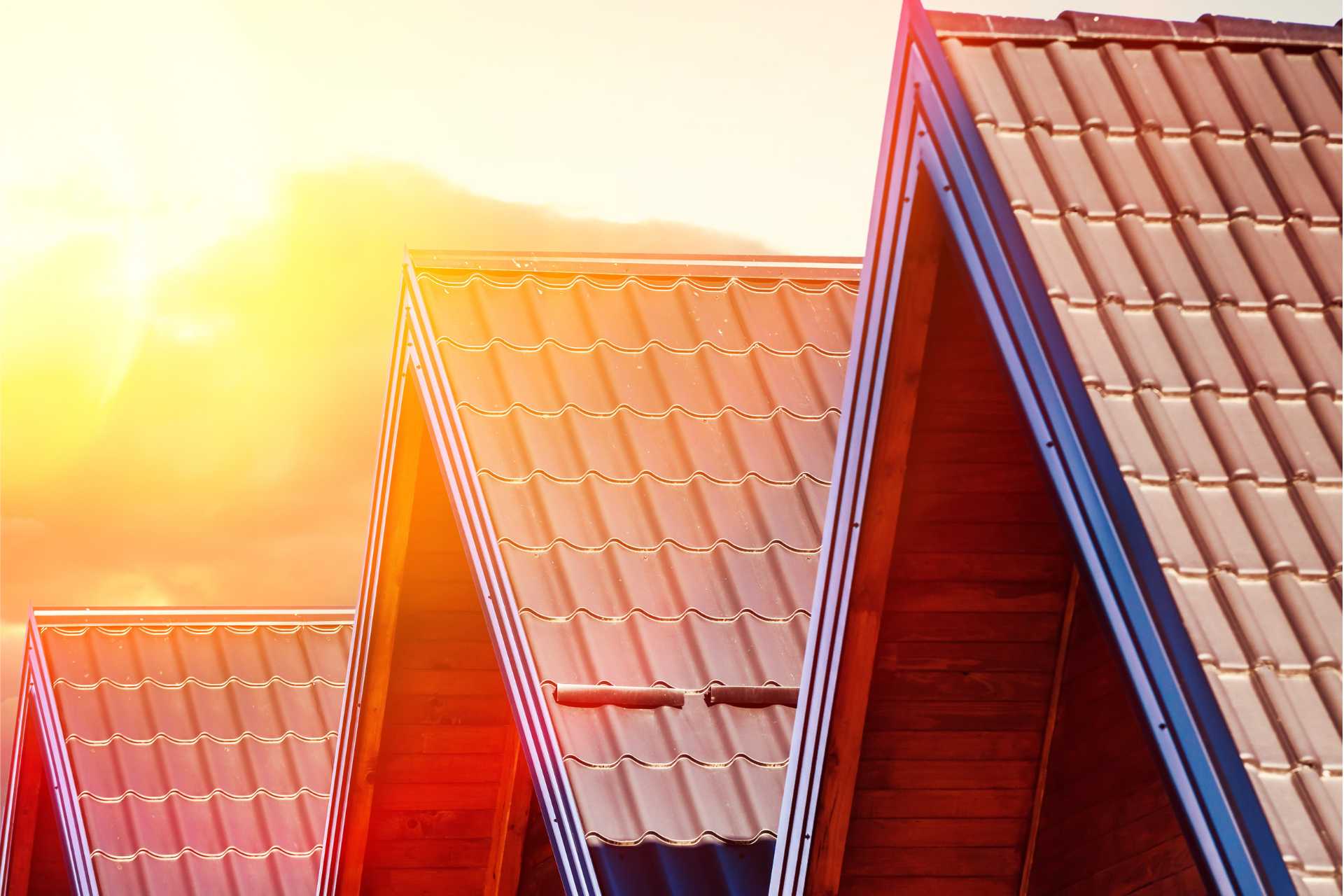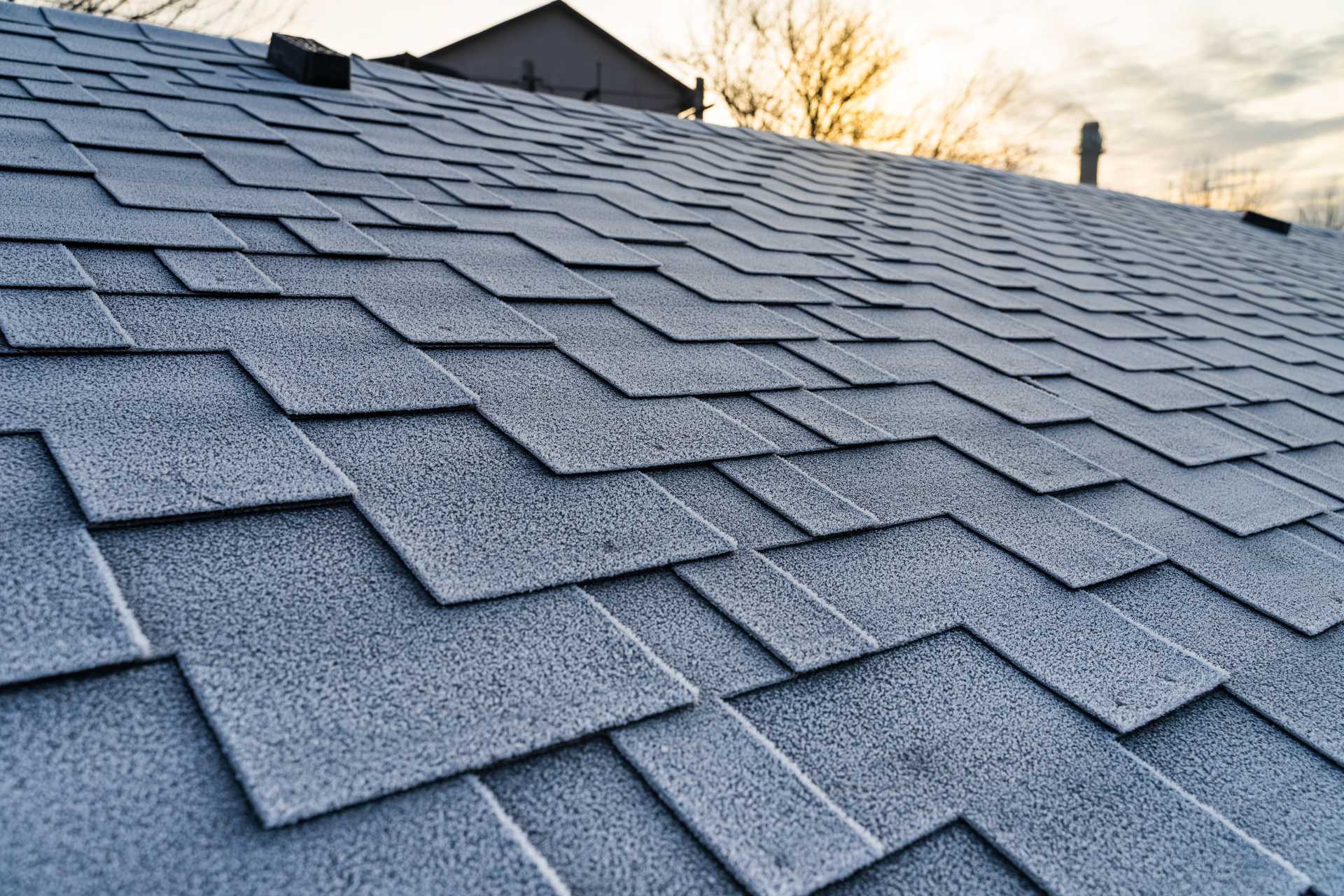The Environmental Impact of Metal Roofing
When it comes to sustainable construction, the choice of materials plays a pivotal role. Among the various options available today, metal roofing stands out, not only for its durability but also for its environmental implications. This blog post explores the environmental impact of metal roofing, weighing its benefits and drawbacks to offer a balanced perspective. If you're considering a guide to metal roof replacement, understanding these factors is essential.
Components of Metal Roofing
Metal roofs are typically made from aluminum, steel, or copper. Each of these materials offers distinct advantages in terms of strength, longevity, and environmental footprint. For instance, steel roofing is prized for its strength and recyclability, while copper offers unmatched longevity. Aluminum, known for its lightweight nature, reduces the load on building structures and is incredibly resistant to corrosion.
Environmental Benefits of Metal Roofing
Energy Efficiency
Metal roofs are highly reflective, making them excellent at deflecting sunlight and thereby reducing the need for air conditioning during the warmer months. This reflectivity is a key factor in the energy efficiency of buildings, leading to significant savings on energy bills. Additionally, many metal roofs are compatible with solar panel installations, further enhancing their energy-saving potential.
- Insulation: During colder months, metal roofs can help keep heat inside due to their effective insulation properties. This dual capability of keeping buildings cool in summer and warm in winter significantly cuts energy use across seasons.
Recyclability
One of the major environmental benefits of metal roofing is its high recyclability. Most metal roofs contain a significant amount of recycled material, ranging from 25% to 95%. At the end of their life, these materials can be fully recycled again, ensuring minimal waste. This circular lifecycle is a cornerstone in sustainable building practices.
- End-of-life recyclability: Unlike many other roofing materials that end up in landfills, metal roofing can be completely recycled without degradation of quality, making it a standout choice for eco-conscious homeowners.
Durability and Maintenance
Metal roofs are not only durable but also require minimal maintenance, making them an attractive option for long-term environmental and economic savings. They typically last 50 years or more—two to three times longer than asphalt shingle roofs. This longevity reduces the need for frequent replacements, thereby minimizing the environmental impact associated with the production, transportation, and installation of new roofing materials.
Environmental Drawbacks of Metal Roofing
Production Impact: The production of metal roofs is energy-intensive, leading to higher initial carbon emissions compared to other roofing materials. Additionally, the mining required to extract metals like aluminum and steel has significant environmental impacts, including habitat destruction and pollution.
Installation Challenges: While the installation of metal roofs is relatively quick, it does require specialized skills and tools, which can be a barrier in some regions. Furthermore, if not properly treated or painted, metal roofs can contribute to the urban heat island effect, absorbing heat during the day and releasing it at night.
Technological Advances and Future Directions
The metal roofing industry continues to innovate, with manufacturers focusing on creating more sustainable coatings and treatments that enhance the environmental performance of their products. New technologies aimed at reducing the heat absorption of metal roofs are particularly promising, helping mitigate one of the material's few drawbacks.
Final Considerations: Is Metal Roofing Right for Your Sustainable Home?
The environmental impacts of metal roofing are largely positive, particularly when considering the advantages of metal roofing in terms of energy efficiency, recyclability, and durability. However, the production and installation processes do present challenges that need to be addressed by roofing specialists. As technology advances, the potential for reducing these impacts increases, making metal roofing an increasingly viable option in sustainable building design. For anyone looking into a guide to metal roofs, you’ll find that the long-term benefits can significantly outweigh the initial environmental costs. This makes metal roofing a compelling choice for those committed to building a more sustainable future.
Which Roof Lasts Longer: Metal or Shingles?
Choosing the right roofing material is a pivotal decision for homeowners. This impacts not just the aesthetics of their home but its durability and cost-effectiveness over time. Two of the most popular options in today's market are metal roofs and shingle roofs, each with distinct benefits and limitations. In this post, we will delve into these options, focusing particularly on the lifespan of metal roofs compared to their shingle counterparts and other crucial factors that can help you make an informed choice.
Metal Roofs
What are Metal Roofs?
Metal roofs are crafted from materials like steel, aluminum, copper, or zinc alloys, offering a modern look that can significantly enhance the curb appeal of any property. They are known for their impressive durability and longevity.
Advantages
- Longevity and Durability: Metal roofs can last between 40 to 70 years, depending on the material, making them an excellent long-term investment.
- Weather Resistance: They stand up well against severe weather, including heavy snow, hail, and extreme temperatures, reducing the risk of damage.
- Energy Efficiency: Metal roofs reflect solar heat, helping to lower cooling costs during warm months by 10 to 25 percent.
- Eco-Friendly: At the end of their lifespan, metal roofs are 100% recyclable, contributing to environmental sustainability.
- Fire Resistance: Metal roofs are non-combustible, offering increased fire safety for your home.
Disadvantages
- Higher Initial Cost: The upfront cost of metal roofs is higher than that of shingle roofs, which might be prohibitive for some budgets.
- Noise: During rain or hail, metal roofs can be noisier than other roofing types unless additional insulation is used.
- Potential for Dents: Some metal roofs can dent from hail or falling debris, although newer products are often designed to be dent-resistant.
Shingle Roofs
What are Shingle Roofs?
Shingle roofs are primarily made from asphalt but can include materials like fiberglass. They are the most common roofing material in residential areas due to their cost-effectiveness and ease of installation.
Advantages
- Cost-Effectiveness: Shingle roofs are less expensive both upfront and in terms of installation costs.
- Variety in Styles: They are available in various colours and styles, allowing easy customization to complement any home architecture.
- Ease of Installation: Shingles can be easily installed, which can save on labour costs and time.
- Repair Simplicity: Damaged shingles can be replaced individually, which makes repairs simple and inexpensive.
Disadvantages
- Shorter Lifespan: Shingle roofs typically last between 15 to 30 years. This is considerably shorter than the lifespan of metal roofs.
- Vulnerability to Weather: They can be damaged by high winds, and heavy rain, and can develop leaks more easily than metal roofs.
- Maintenance Needs: Shingle roofs require more maintenance, including regular inspections for moss, algae growth, and overall condition.
- Environmental Impact: Asphalt shingles are less eco-friendly and are a significant contributor to landfill waste due to their shorter lifespan and replacement frequency.
Comparative Analysis
Lifespan and Cost Over Time
While shingle roofs might seem like the more budget-friendly option initially, metal roofs often offer better long-term savings due to their longevity and minimal maintenance needs. The average lifespan of a metal roof far exceeds that of a shingle roof, meaning less frequent replacements.
Maintenance and Repair
Metal roofs require significantly less maintenance compared to shingle roofs. They do not need regular inspections for moss or algae growth and are less likely to require repairs from weather-induced damage.
Resale Value and Insurance
Metal roofs can increase a home's resale value and often lead to lower insurance premiums due to their durability and fire resistance. In contrast, shingle roofs, while cost-effective, do not offer the same benefits.
Factors to Consider When Choosing a Roof
When selecting roofing material, consider local climate conditions. Metal roofs are superior in areas prone to severe weather, whereas shingle roofs might suffice in milder climates. The architectural style of your home should also influence your choice; metal roofs tend to look best on modern homes, while shingles are a classic fit for traditional designs. Finally, evaluate your budget and long-term planning; if you intend to stay in your home for decades, investing in a metal roof might be more economical over time.
Making the Right Choice: Metal Vs Shingle Roofs
Both metal and shingle roofs have their place in residential construction, each bringing unique benefits to the table. By understanding the advantages and drawbacks of each, homeowners can choose a roofing solution that not only meets their aesthetic desires but also suits their practical needs and budget.


